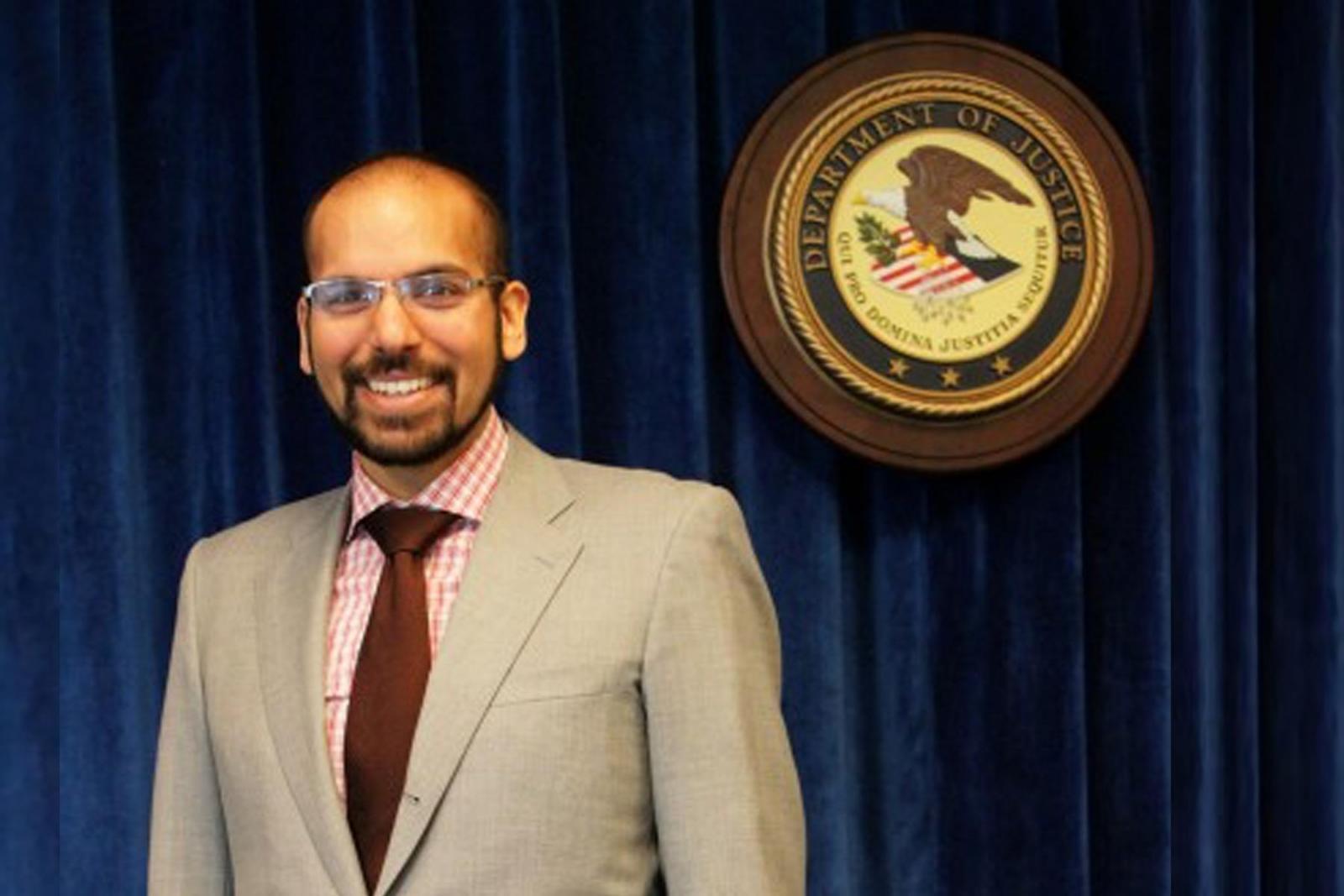Citing a basketball star, the Dude and Star Trek: First Contact, a federal judge praised the cryptocurrency analytics tools that helped lead federal agents to yesterday’s multi-billion-dollar bitcoin trove.
In an August 2021 opinion unsealed yesterday tied to a search warrant that would help nab nearly 100,000 stolen bitfinex bitcoins, Magistrate Judge Zia Faruqui cast blockchain tracing technology as a powerful tool to meet probable cause requirements.
CoinDesk acquired a copy of the memorandum from a source familiar with the case.
Faruqui’s memorandum opinion – summarizing the D.C. district court’s approval of a search warrant for email accounts – highlights the influential role private-sector tracing software plays in the federal government’s crypto investigations.
That influence was pivotal in the Bitfinex money laundering case, according to Faruqui, who has delved into crypto issues in mast memoranda. He said the case agent’s affidavit clearly showed how industry software techniques led his investigation to suspects’ email accounts.
Federal agents wrote that they acquired the addresses and private keys to some 2,000 wallets after obtaining a warrant to search the defendants’ cloud storage services. It’s unclear whether this was the same warrant.
“Cryptocurrency and related software analytics tools are ‘[t]he wave of the future, Dude. One hundred percent electronic,’” Faruqui concluded, tipping his hat to The Big Lebowski’s rug-loving stoner lead.
Faruqui, who as a former prosecutor conducted federal crypto investigations, said the tracing industry’s sleuthing techniques – like clustering, which divines patterns from inherently public crypto transaction data – have emerged as “one of the most reliable bases for a search ever.”
“Going 50 for 50 is beyond what could be expected of a mere human,” he said, apparently referring to the success rate of clustering-derived subpoenas in the Welcome to Video investigation he helped lead (and also referencing NBA Star Damian Lillard in a footnote).
Clustering techniques help investigators suss out what addresses belong to suspects, according to Tom Robinson, co-founder of Elliptic, a tracing company. In a previous interview with CoinDesk he called clustering the blockchain analytics industry’s “special sauce.”
Indeed, legal documents released Tuesday detail IRS agent’s focus on a “specific cluster” of crypto wallet addresses that led them to Ilya Lichtenstein and Heather Morgan, the Manhattan couple arrested on money laundering charges.

“Humans are ‘Flawed. Weak. Organic,’ whereas clustering software strives for perfection,” Faruqui said, partially quoting the 1996 film, Star Trek: First Contact.
Unfortunately for lawyerly pop culture nerds, Faruqui’s spunky references are not part of binding legal precedent. Memorandum opinions summarize court decisions; they don’t set them in stone.
This one nevertheless represents a shift in how judges think about evidence derived from crypto tracing software, according to Ari Redboard, a former federal prosecutor who now leads industry player TRM Labs’ policy division.
“For the first time ever, the Court analyzes the weight and reliability of blockchain evidence finding that blockchain analytics tools like TRM Labs are reliable and can form the basis of probable cause for a warrant,” he said in an email to CoinDesk.
The full extent to which IRS agents utilized blockchain tracing technology is not yet clear.
IRS-CI has signed multi-million-dollar contracts with Chainalysis, Elliptic and TRM Labs; all had something to say following yesterday’s news.
What is clear is that their tools have emerged a critical component of federal crypto investigations. Powerful enough to lead investigators to suspects’ doorstep and persuasive enough to yield warrants that open them.
But there’s another, simpler take away from the Bitfinex hack’s latest twist: pricey software or no, it’s really, really, really hard to get away with on-chain crypto theft.
“These people were absolute F***** morons,” said one source in the tracing industry. “Starting with: stealing a couple billion in the world’s most transparent and traceable assets.”
Read full story on Coindesk



